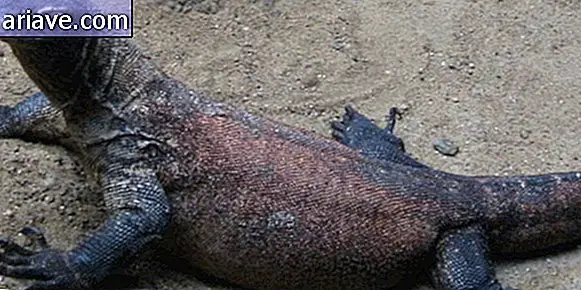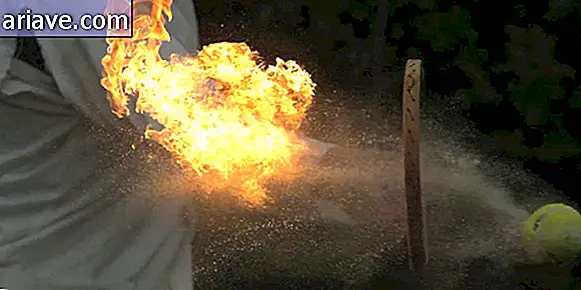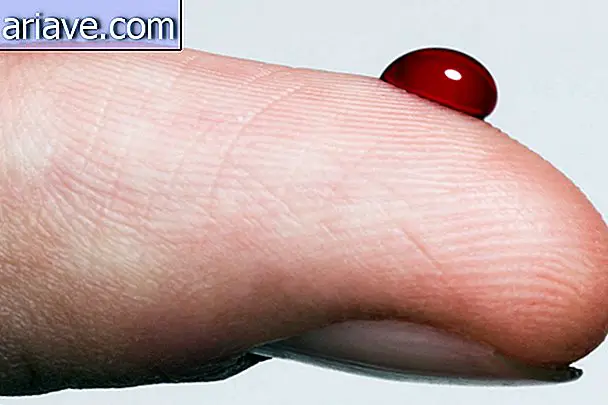Do you know how the phenomenon of the Meeting of Waters in Manaus happens?
Anyone who has had the opportunity to see the Meeting of Waters, which takes place in Manaus, knows the fantastic spectacle that nature provides. It is considered a Brazilian tourist spot, and many tourism agencies offer boat trips around the region, held at Janauari Ecological Park.
These tours are more frequent during the full river period (from January to July), because, besides being clearer the beauty of the natural spectacle, you can still see animals such as diverse birds, monkeys, sloths and much more. A truly unforgettable ride. But do you know why this happens? Why the waters do not mix?

Rio Negro and Rio Solimões
The Rio Negro, as its name suggests, is a river of very dark waters. Its black tea coloration is due to the large amount of organic acids from the decomposition of the vegetation. It has a high degree of acidity, with pH 3.8 to 4.9, has an average temperature of 28 ° C and flows slowly at about 2 km per hour.
The Rio Solimões has a muddy color very similar to coffee with milk. All this because of the large number of sediments that water carries as it flows beneath the Andes Mountains. It is colder than the Rio Negro, at 22º C. It also flows much faster, running about 6 km per hour.

Understanding the Waters Meeting
The Meeting of Waters is the meeting of Rio Negro and Rio Solimões, which initially do not mix. This phenomenon extends for about 6 km. After they join, they are called the Amazon River, one of the main economic and transportation means for the inhabitants of the city of Manaus.
The difference in composition, acidity rate, flow temperature and density is what prevents the mixture of the two when they meet. The color contrast is very stark, and this phenomenon can be seen even from space. Sometimes water encounters obstacles that form strong swirls that swirl the two rivers and make very beautiful shapes.











